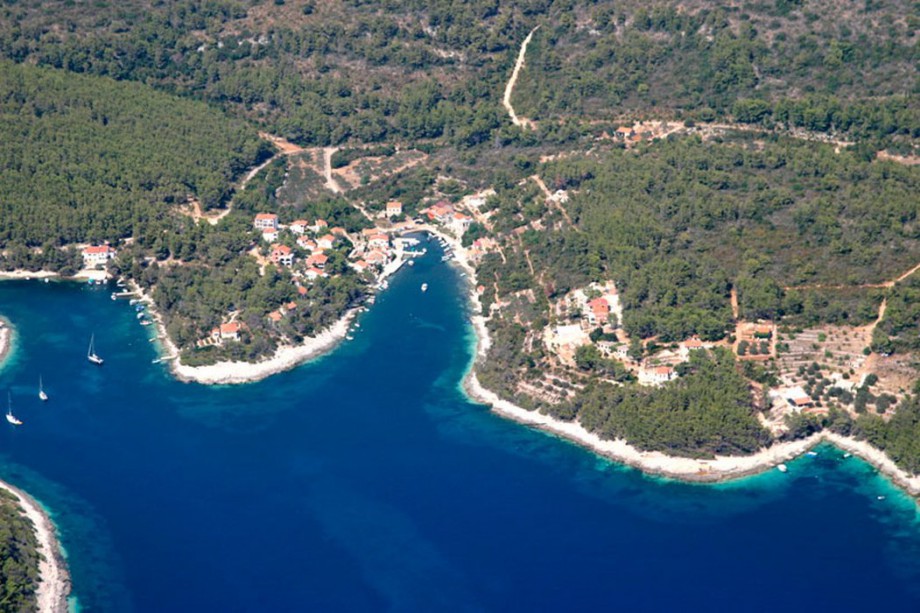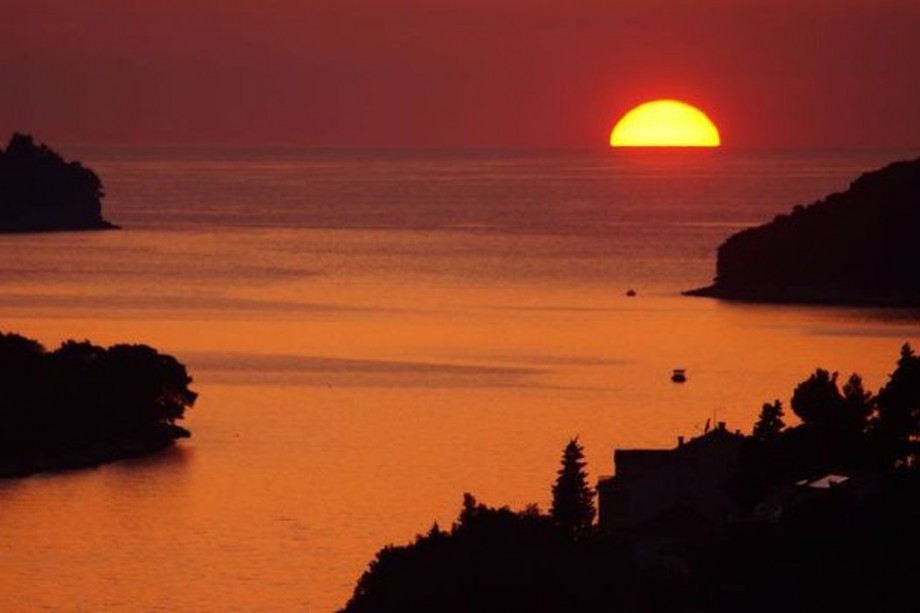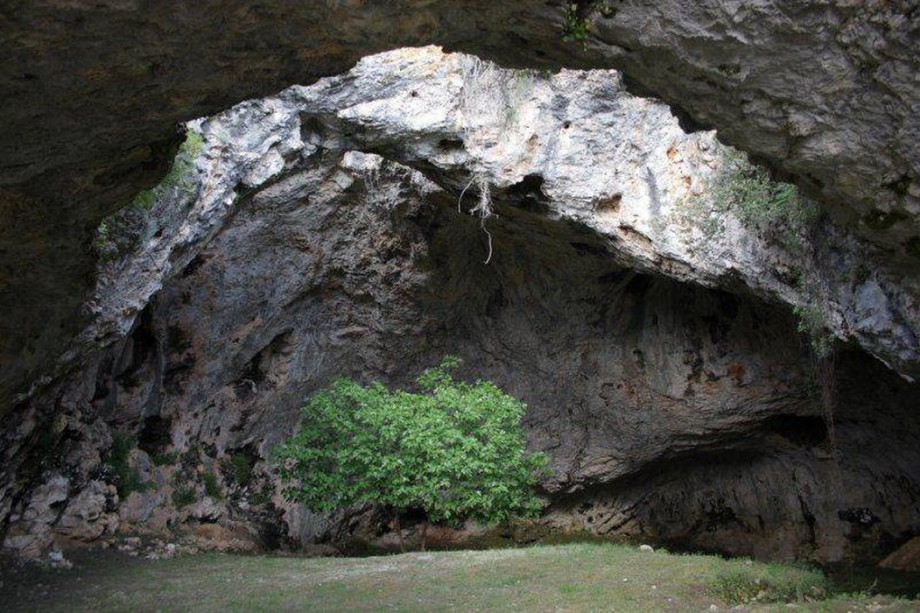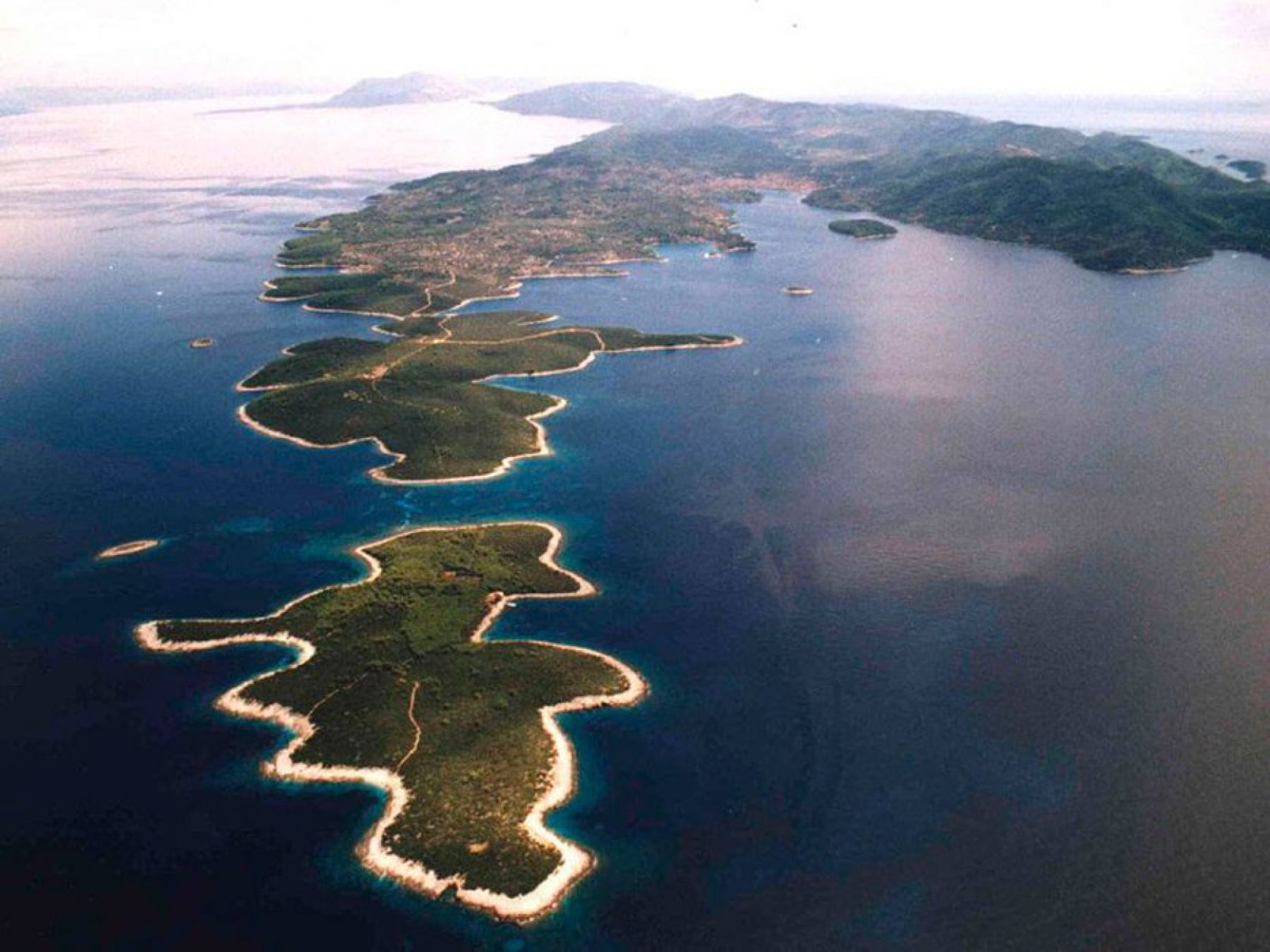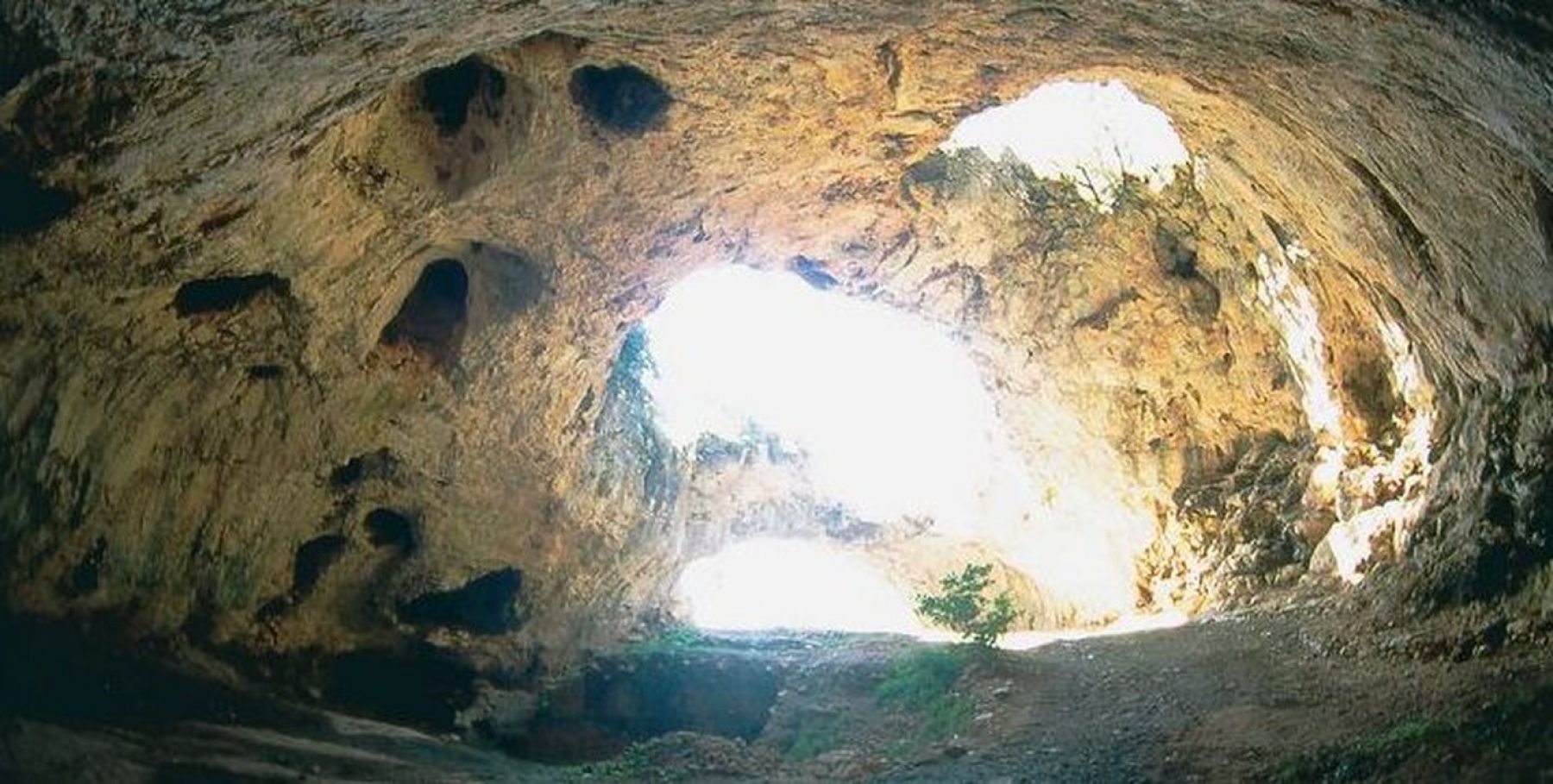Triporte cove Vela Luka Korcula
Korcula is a beautiful Dalmatian island, on a sunny croatian part of Adriatic sea. Island is located in Dubrovnik-Neretva county, area of 289 km2 and population of 18.000 inhabitants. Climate is mediterranean (mild), with a lot of sunny hours.
Three largest towns on the island are: Vela Luka on the western part, Blato in the middle and Korcula on the east. In Korcula there is a house where it is is beleived that in 1254. world traveller Marco Polo was born.
HISTORY
The island was first settled by Greek colonists from Corcyra (Corfu), who named it 'Black Corfu' after their homeland. Greek artefacts, including carved marble tombstones, are to be found in the island museum.
The island was part of the Roman province of Dalmatia until the Great Migrations. In the early 7th century, the Avar invasion is thought to have brought the Slavs into this region. As the so-called barbarians began settling on the coast, the Romanised local population had to take refuge in the islands. Along the Dalmatian coast the Slavic migrants pouring in from the interior seized control of the area where the Narenta (Neretva) River enters the Adriatic, as well as the island of KorÄula (Corcyra), that protect the river mouth. Christianizing of the Slavs began in the 9th century, but the early Slavic rural inhabitants of the island may well have fully accepted Christianity later. Accordingly, the population of the island in the early Middle Ages was described as being in the same group as the Neretvians of the coastal Principality of Pagania (the land of the Pagans).
The Statute of KorÄula was first drafted in 1214. This legal document is the second oldest example of legislation among Slavs, with only the Russkaya Pravda of 11th and 12th Century Russia predating it. It guaranteed the autonomy of the island, apart from her outside rulers - Grand Principality of Rascia, semi-independent (Grand) Principality of Zahumlje and the Republics of Ragusa and Venice. Captainies were created for every one of the 5 island's settlements for organized defense. KorÄula had less than 2,500 inhabitants back then.
In 1409 it became a part of the Venetian Republic, purchased by the neighbouring Republic of Dubrovnik in 1413-1417, it still declared itself subjected to Venice in 1420. In 1571 it defended itself so gallantly against the Ottoman navies at the Battle of Lepanto that it obtained the designation Fidelissima from the Pope. From 1776 to 1797 Curzola succeeded Lesina as the main Venetian fortified arsenal in this region. According to the Treaty of Campoformio in 1797 in which the Venetian Republic was divided between the French Republic and the Habsburg Monarchy, KorÄula passed on to the Habsburg Monarchy...





